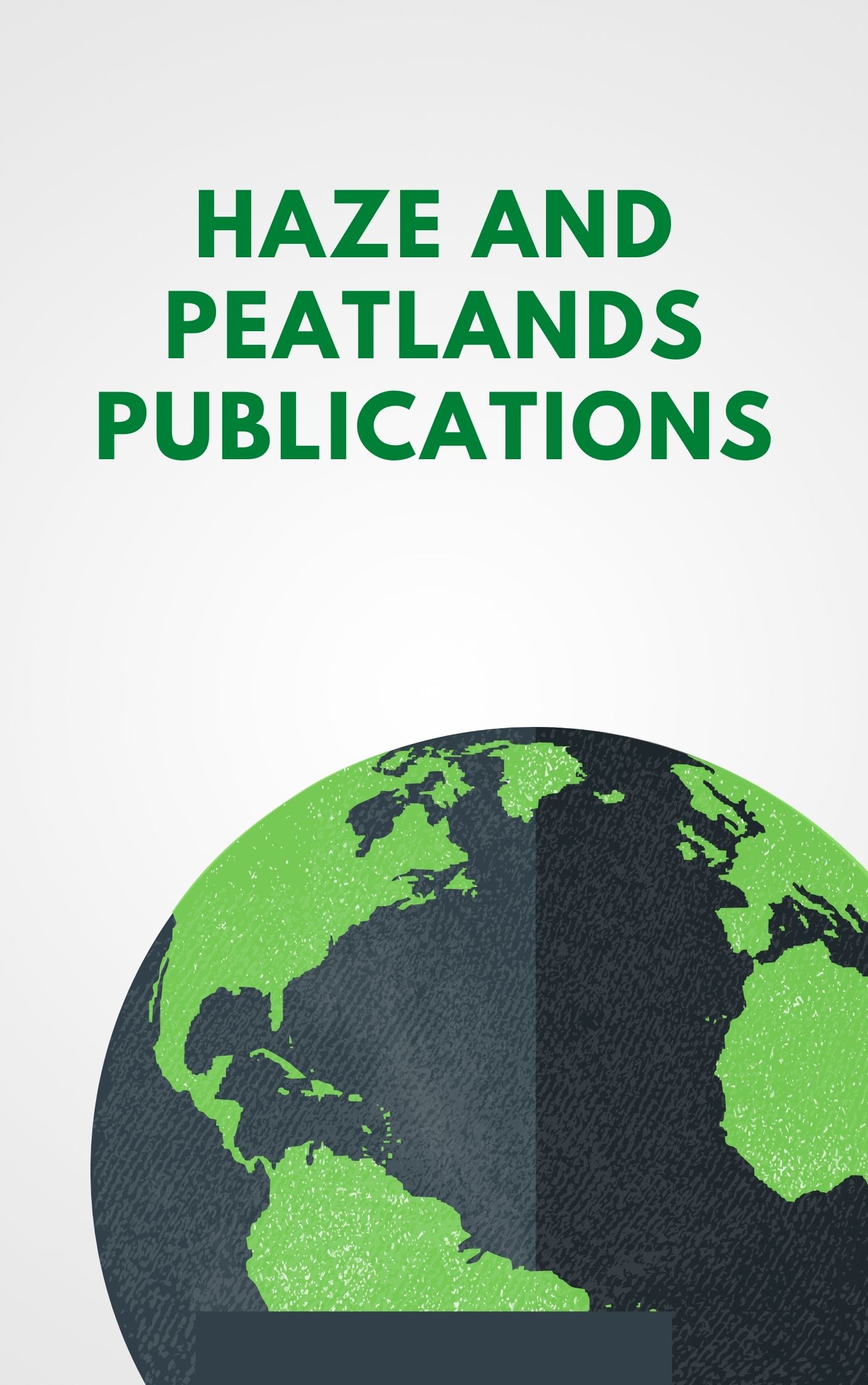In northern Laos, upland rice is grown as a subsistence crop under rainfed conditions with no fertilizer inputs. It has traditionally been grown under slash-and-burn systems with long fallows, which restore soil fertility and reduce insect and weed pressure. However, increasing population density and government policies aimed at reducing the area under slash-and-burn have reduced fallows to as little as two or three years between rice crops. In this paper the impact of intensifying upland rice cultivation and rainfall on upland rice productivity was evaluated using yield and rainfall data from Luang Prabang province from 1992 to 2004. In addition, an experiment was conducted in 2004 to evaluate the effect of upland rice cropping intensification on soil nitrogen (N) and phosphate (P) availability and root pests (Tetraneura nigriabdominalis-root aphids and Meloidogyne graminicola Golden & Birchfield-nematodes). Rice yields were associated with total rainfall from June through August, corresponding to mid-tillering through flowering growth stages of upland rice. Increased cropping intensity resulted in a significant reduction of upland rice yields with higher rice yields being associated with longer fallows. Furthermore, when rice was annually cropped in the same field without fallows, rice yields rapidly declined. A study conducted in 2004 indicated that increasing cropping intensity reduced the soil N and P availability and increased root aphid infection of rice. The long-term productivity of upland rice can not be sustained with increased cropping intensity using the current management practices. Therefore, improved crop and resource management technologies are necessary for sustainable production. © Springer Science+Business Media B.V. 2006.
View source

